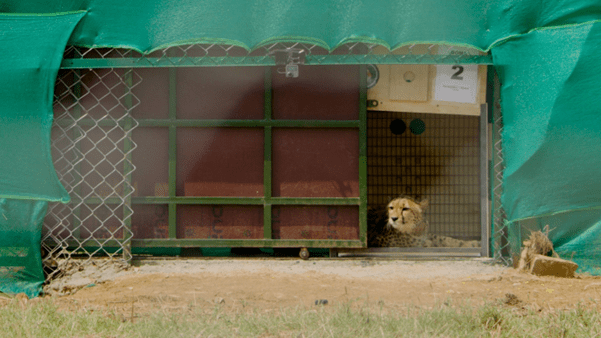
India has welcomed 20 cheetahs to Kuno National Park, Madhya Pradesh, with 12 of them from South Africa and eight from Namibia. However, nine cheetahs, including three of the four cubs that were born in March, have died in a span of a little over four months. Cheetah fatalities have been said to have resulted from various factors such as kidney and heart ailments, wounds, weather-induced issues, dehydration, and malnutrition. This has raised concerns from various quarters, as to where the project has gone awry and who is to be held responsible. Deaths Due to Radio Collar Infections Among the deaths, those of two cheetahs have been attributed to infection. According to Deccan Herald, Union Minister of Environment, Forest and Climate Change Bhupender Yadav stated that the infections caused by insects due to the monsoon has come to notice. Experts have linked deaths to radio collar infections, following which the other cheetahs had their collars removed. In a press note, the Ministry of Environment, Forest and Climate Change had denied that the deaths were caused by radio collars and called them “only speculation and hearsay and not based on any scientific evidence”. Speaking to The Chronicle on the issue, former Panna National Park field director R Sreenivasa Murthy said, “The collar-related injuries also happened several times in Panna, especially in the times of monsoon. Tigers tend to wallow in muddy water…. and if they are not cured on time, they get maggots also.” Earning global acknowledgment, including from World Wildlife Fund (WWF), Murthy had led an unparalleled tiger revival project in Panna, Madhya Pradesh, successfully increasing the tiger population from extinct to 32. Among the nine deaths, three were of the cubs of Jwala, who became a mother for the first time. By the time Kuno's monitoring team spotted the cubs, it was already too late for three of them, as they were weak, underweight and dangerously dehydrated when found. Weighing in, Murthy said, “During the Panna Project, T1 (the first tigress of the project) abandoned one of her cubs of her second litter… Timely recognising (of) the issue can surely enhance the chances of saving the cubs. Just signal monitoring is not going to help the progress of reintroductions. Managerial monitoring schedules devised at Panna need to be followed in letter and spirit… which may help in avoiding such issues.” Alarm bells were also ringing when one of the cheetahs went missing as its radio collar signals stopped working after 21 July. Following a rigorous 22-day search, Nirva, the female South African cheetah, was found in good health. “Satellite radio collars emits two kinds of signals. Live signals which are monitored by satellites, and VHF signal that are monitored by ground teams. Similar to what happened in Kuno, T3 (first male tiger of Panna reintroduction) also went out of the park area, signals were missing because of other terrain and geological issues. Such situations made Panna monitoring teams realise the importance of 24 x 7 x 365 managerial monitoring,” said Murthy. Wildlife Experts Raise Concerns Experts from South Africa and Namibia, integral to the Cheetah Project Steering Committee, had expressed deep concerns about the project's management. In a joint letter to the Supreme Court, they highlighted issues of mismanagement, lack of consultation, and inadequate care for the cheetahs. The experts lamented that despite their international expertise, they were neither consulted nor invited to any relevant meetings. Meanwhile, the Supreme Court expressed confidence in the Centre's efforts, while also pointing out that the death toll of nine cheetahs is “not low”. “While translocation has been carried out, achieving successful reintroduction has faced setbacks. Challenges related to both inter-species and intra-species interactions still need to be addressed, as predicted,” Murthy pointed out. The surviving cheetahs have been returned to the enclosure (Boma), and efforts are ongoing to raise the orphaned cub for potential future release. After initially being housed in enclosures and gradually reintroduced to the wild, all the remaining cheetahs have returned to square one – in the boma.
28 Aug 2023
Apoorva Singh